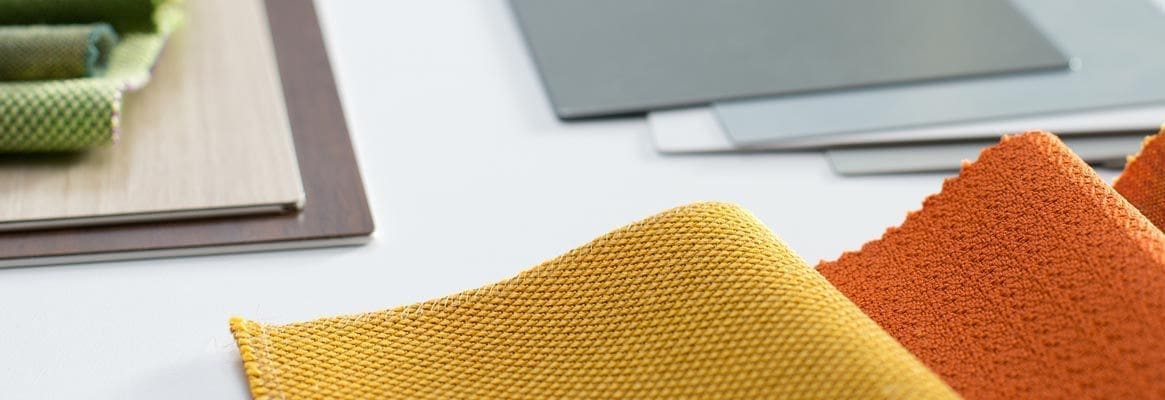Often fibers in textile substrates are deficient in one or more properties or improved properties are desired for the substrate. Textile finishing provides a method whereby deficiencies in the textile can be corrected or specific properties can be introduced. Physical finishing techniques (dry finishing processes) or chemical finishing methods (wet finishing) are used. Physical finishing is usually carried out on the yarn or formed textile substrate, whereas chemical finishes can be added to the spinning bath prior to fiber formation for man-made fibers or applied to individual fibers, yarns, or completed textile structures.
Physical Finishes and Finishing
Physical finishing methods for textiles include optical finishing, brushing and napping, softening, shearing, and compacting of the textile structure.
Optical Finishes
Luster may be imparted to a fabric by physical means. The techniques basically involve flattening or smoothing of the surface yarns using pressure.
Beating of the fabric surface or passing the fabric between hard calendering rolls under pressure and with some friction will tend to flatten out the yarns and lower light scattering by the fabric surface, thereby improving reflectance and luster. Luster may be improved further if the calendering rolls are scribed with closely spaced lines which will be imprinted on the fabric to reinforce light striking and reflecting from the fiber surface. Similar techniques can be used to impart optical light interference patterns to the fabric. Thermoplastic fibers which can deform under heat and pressure can most readily be modified to impart luster.
Brushing and Napping
Physical delustering of a fabric as well as bulking and lofting of the fabric can be achieved by’ treatments which roughen the fiber surface or raise fibers to the surface.
Fiber raising processes such as brushing and napping involve use of wires or brushes which catch yarns in the textile structure and pull individual fibers partly from the yarn structure. The resulting fabric is warmer, more comfortable, and softer.
Softening and Shearing during calendering or beating of a fabric interaction between individual fibers within yarns may be lessened and the textile structure softened.
Also, when a smooth textile structure free of raised surface fibers or hairiness is desired, the fabric may be sheared by passing the fabric over sharp moving cutting blades or by passing the fabric over a series of small gas jets which singe and burn away raised fibers.
Reference: https://www.fibre2fashion.com/industry-article/4412/textile-finishes-and-finishing

